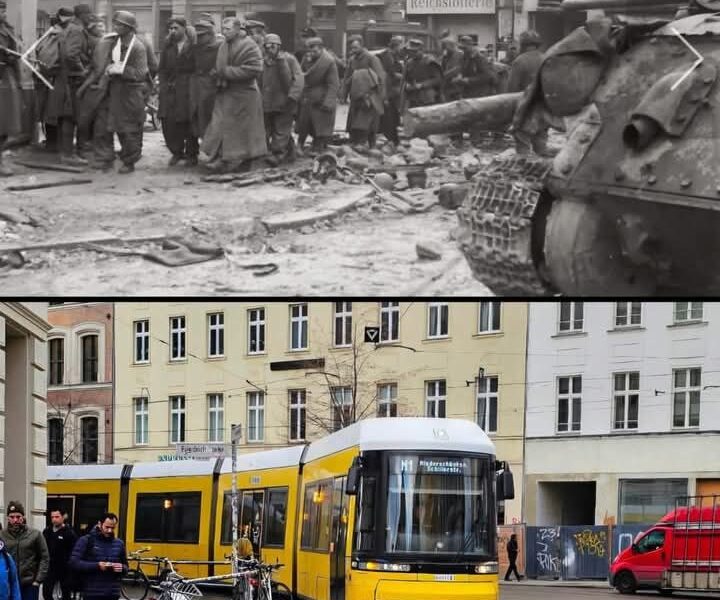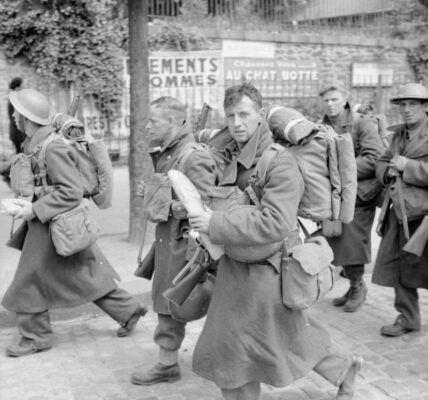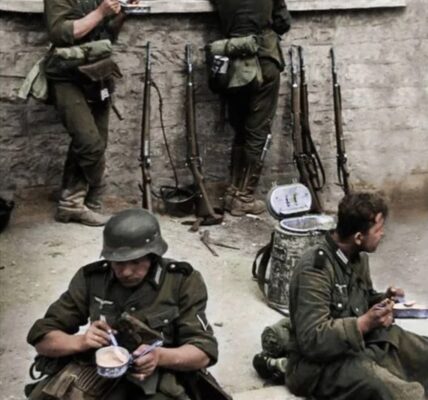The corner of Oranienburger Straße and Friedrichstraße in Berlin – then in 1945 and today in 2025
Berlin, the capital of Germany, is a place where history and the present intersect. This is particularly evident at the corner of Oranienburger Straße and Friedrichstraße – a place that has witnessed tremendous changes over the past eighty years. Here, traces of the past blend with the modernity of the present.
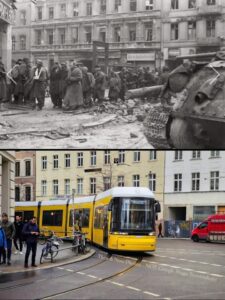
In 1945, this corner was a picture of destruction. After years of World War II, Berlin lay in ruins. The streets were covered in rubble, the buildings bombed or badly damaged. The war had left its mark on the city, and Oranienburger Straße and Friedrichstraße were no exception. At this intersection, the traces of war were unmistakable. Destroyed facades, empty window recesses, and damaged tram tracks were part of everyday life back then. The people who moved here were exhausted, marked by hunger, fear, and uncertainty.
This corner was not only a site of destruction, but also a memorial to the Berlin people’s will to rebuild. After the war, the city began to be lifted piece by piece from the rubble. Reconstruction efforts were particularly active in the 1950s and 1960s. Historic buildings were restored or replaced with modern architecture. Friedrichstraße developed into an important commercial street, while Oranienburger Straße, with its historic buildings—including the New Synagogue—became a place of remembrance.
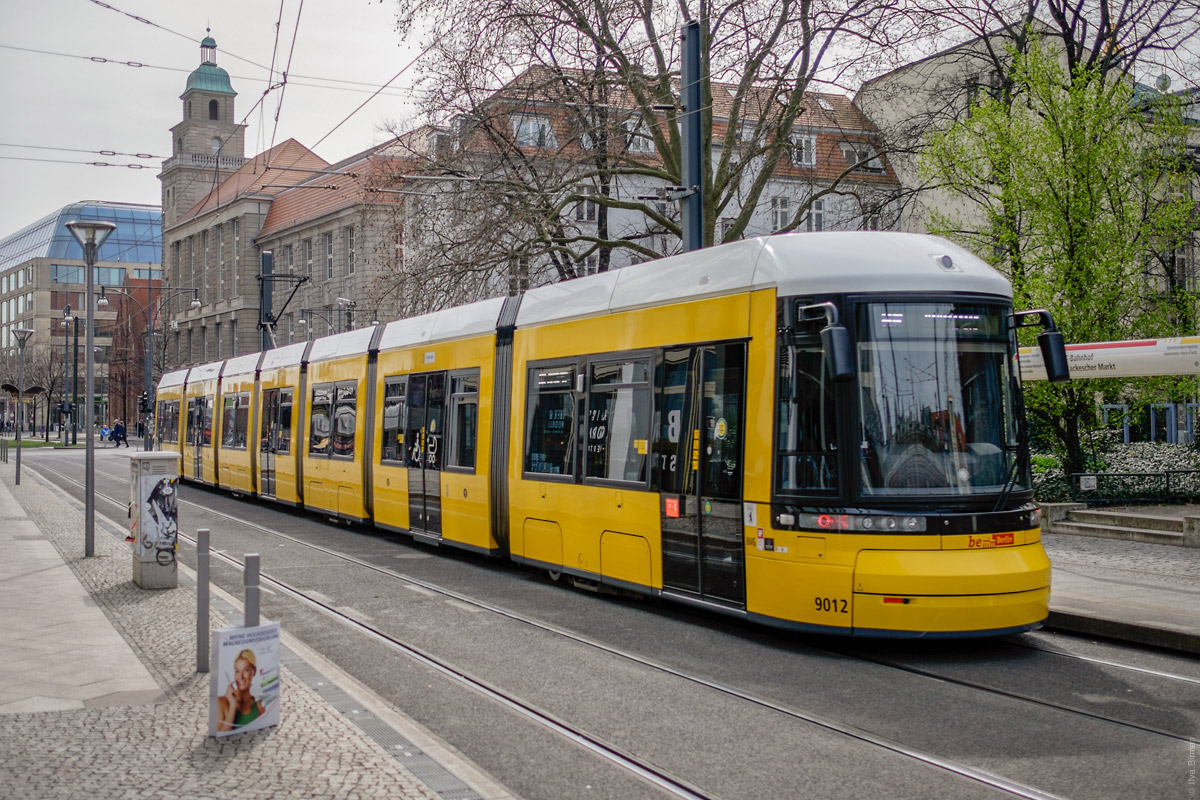
Today, in 2025, the corner of Oranienburger Straße and Friedrichstraße presents itself in a completely new light. Where once lay rubble, modern buildings, shops, and cafés now stand. The streets are bustling, people from all over the world visit Berlin and enjoy the interplay of history and contemporary culture. Today, the corner is a popular meeting place for both locals and tourists. There is nothing left here to remind us of the devastated city of 1945—at least not at first glance.
But if you look closely, you’ll discover traces of the past. Some buildings have been faithfully restored, including the imposing New Synagogue on Oranienburger Straße. It is a symbol of Berlin’s Jewish history and a reminder of the dark times of National Socialism. Memorial plaques and information boards along the streets also point to the historical significance of the site.
The comparison between then and now makes it clear how much Berlin has changed—and yet how much the past remains a part of the present. The architecture may be modern, but the history has not been forgotten. Many Berliners and visitors deliberately pause at these places to pause for a moment and remember the past. It is a silent form of remembrance and, at the same time, a sign of this city’s will to live and its focus on the future.

A walk from Oranienburger Straße to Friedrichstraße today is a journey through time. The modern infrastructure, the shops, the restaurants, and the art galleries speak of a city that is constantly reinventing itself. At the same time, history reminds us not to forget what once happened here. The juxtaposition of old and new is what makes Berlin so unique.
Anyone who has the opportunity should take the time to visit this corner and consciously perceive the changes. Not only the architecture, but also the atmosphere and the people reflect the transformation. The past hasn’t simply disappeared here—it is visible, tangible, and remains part of the collective memory.
